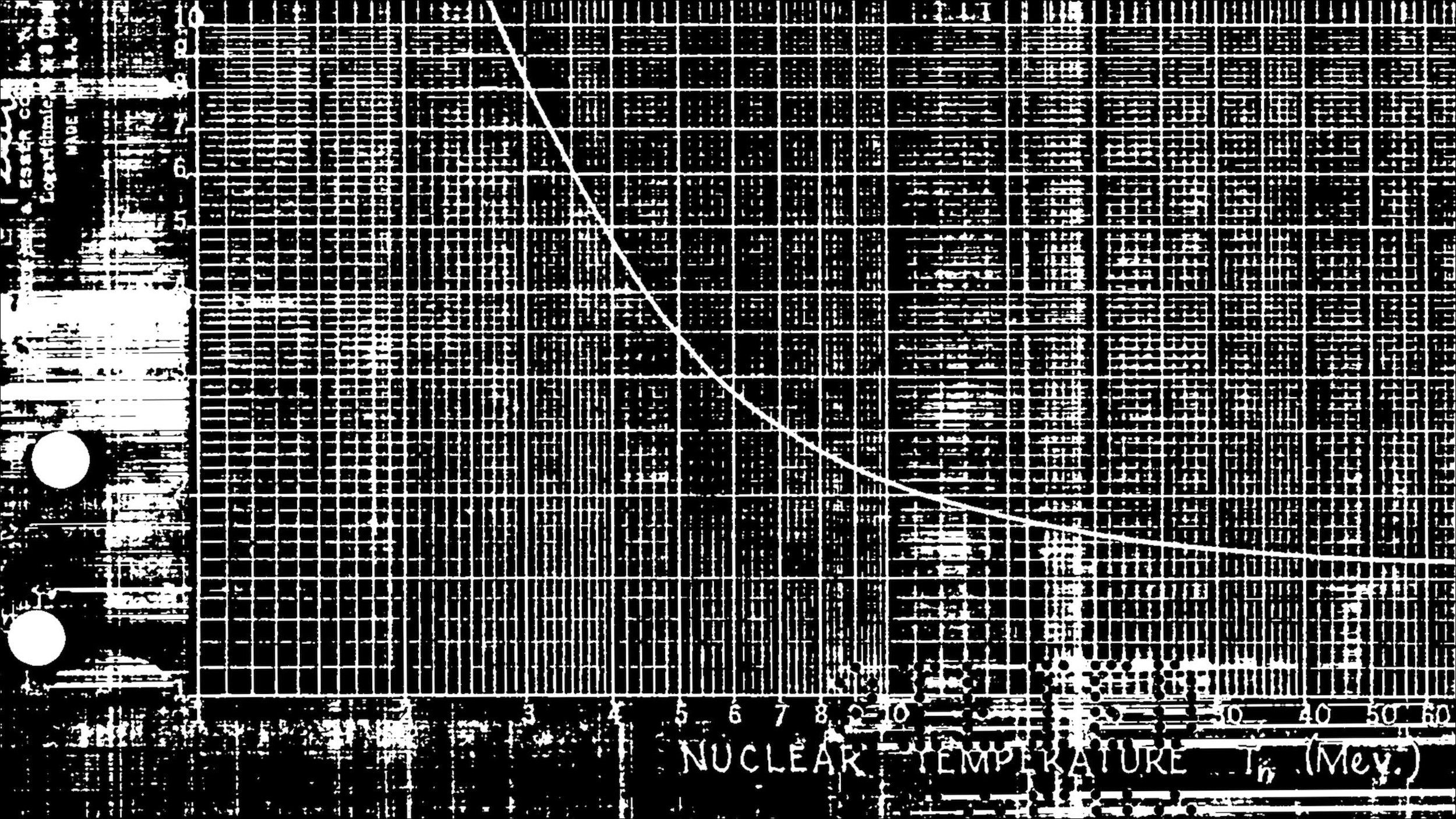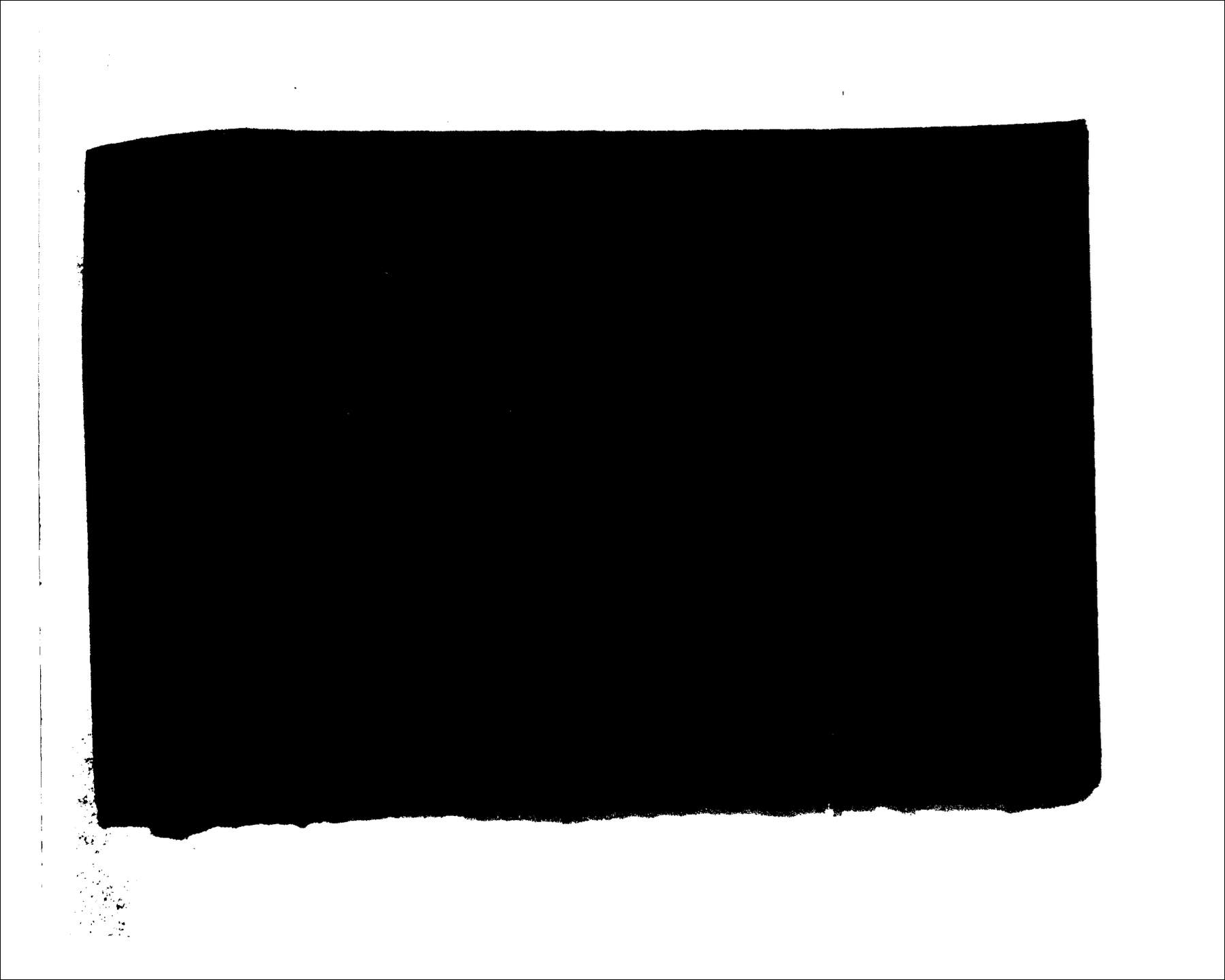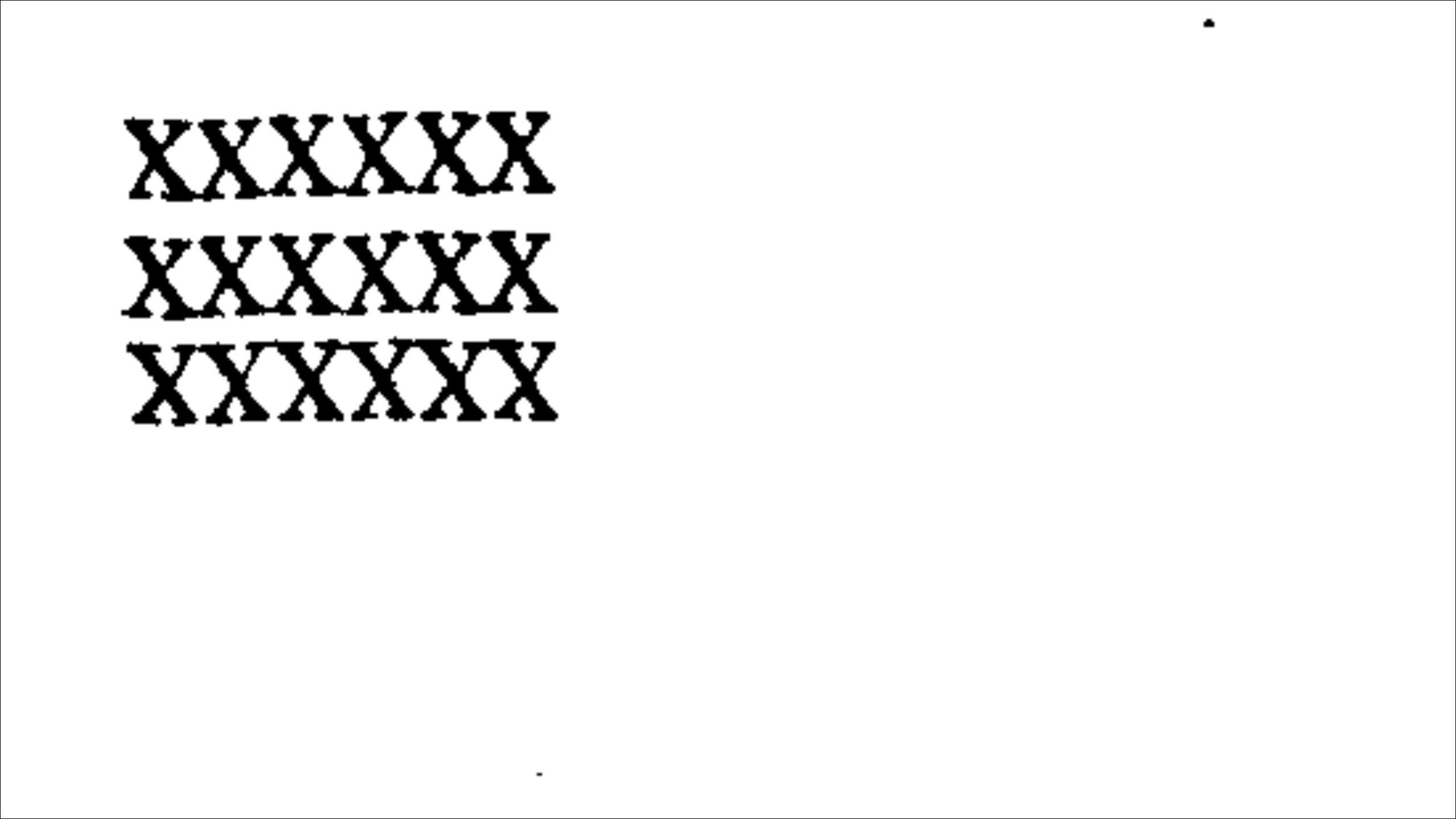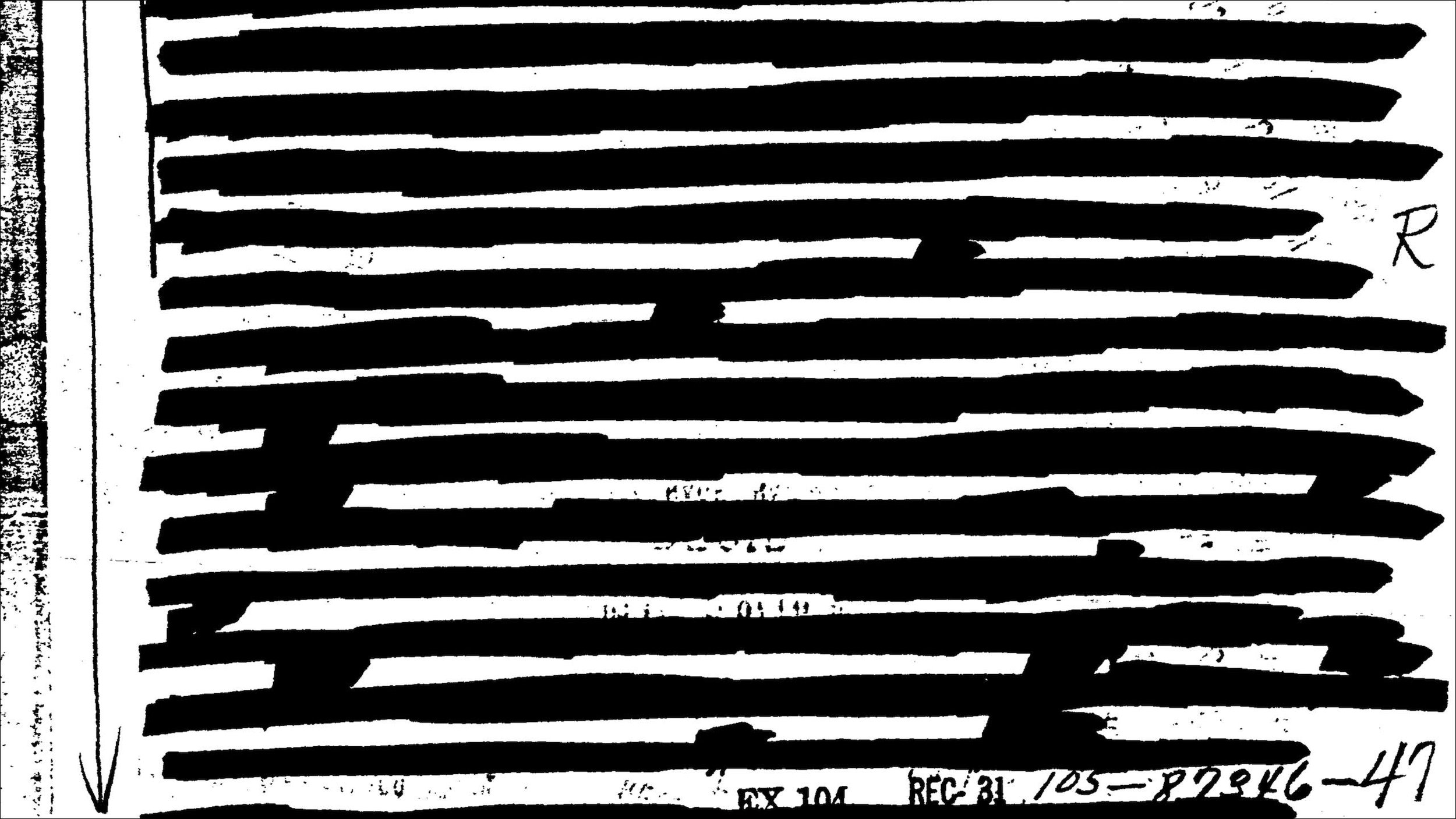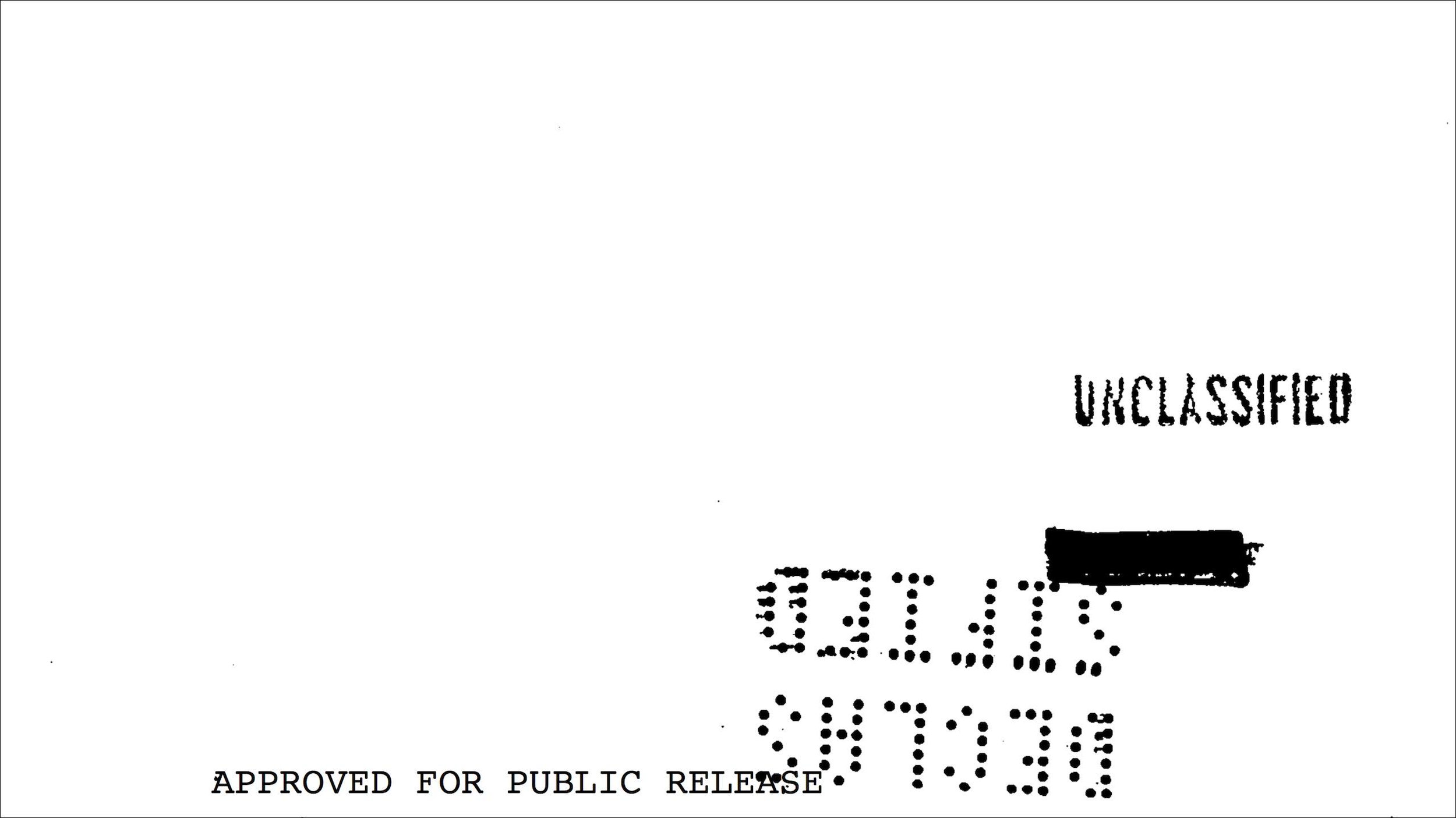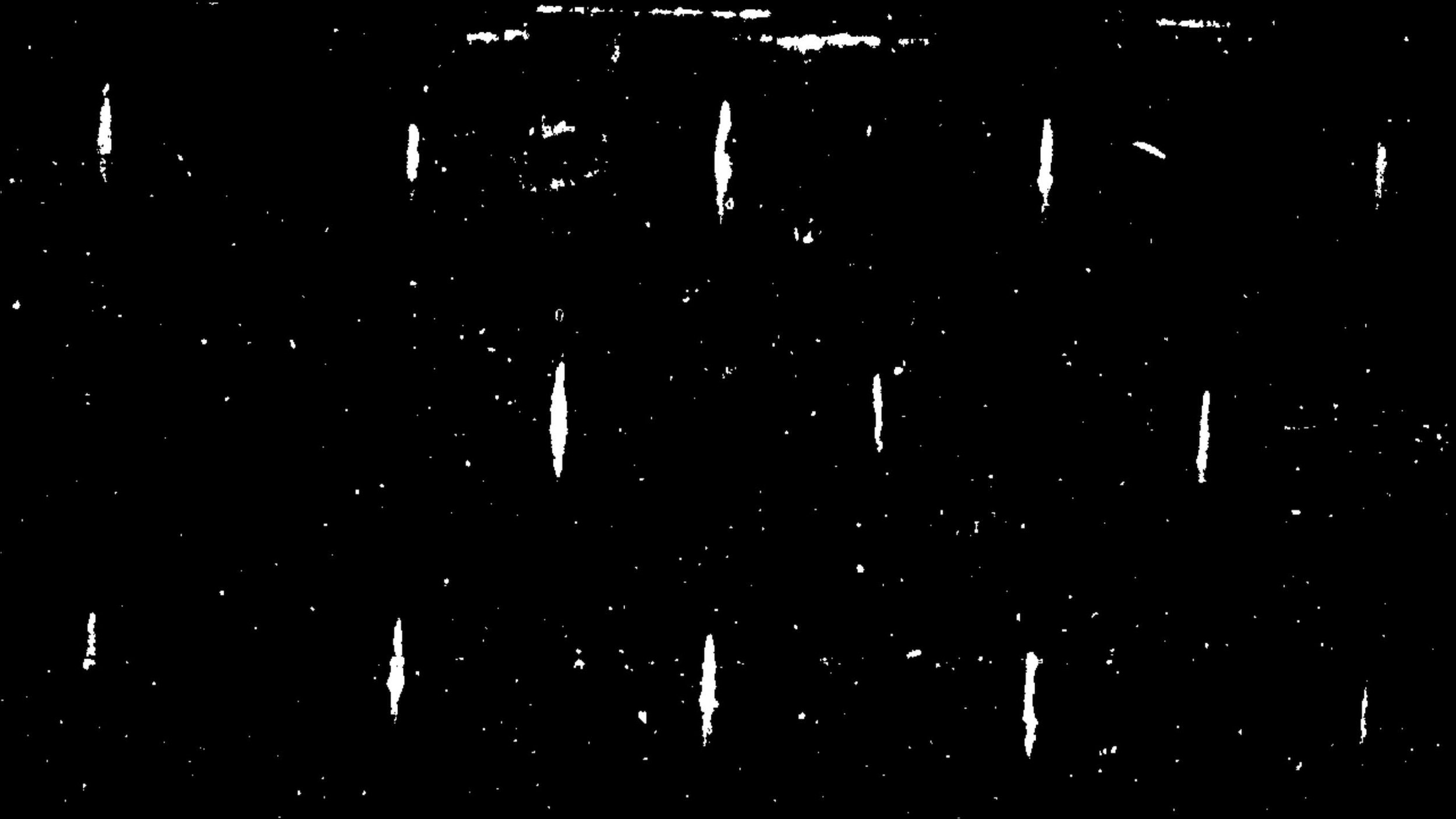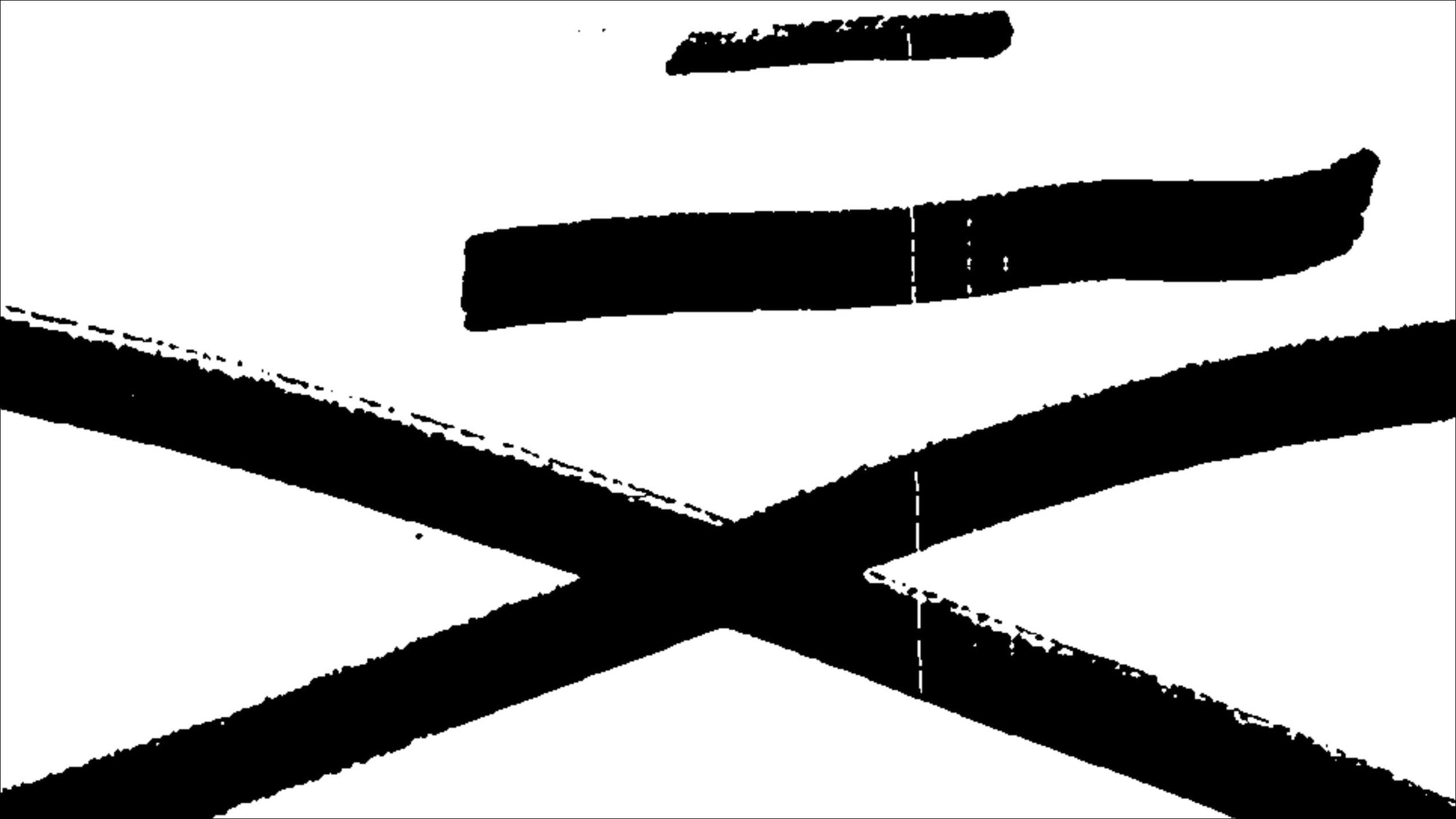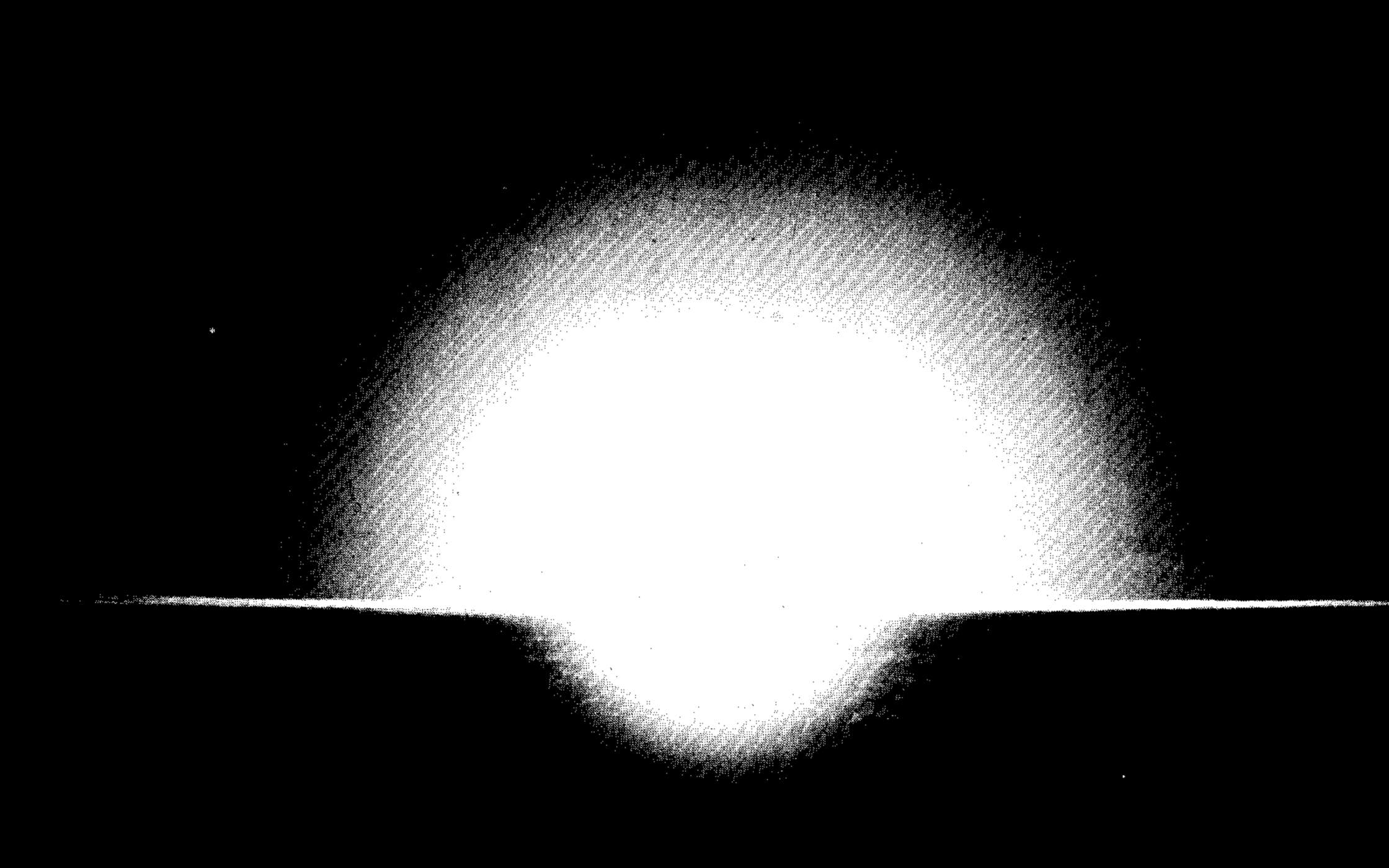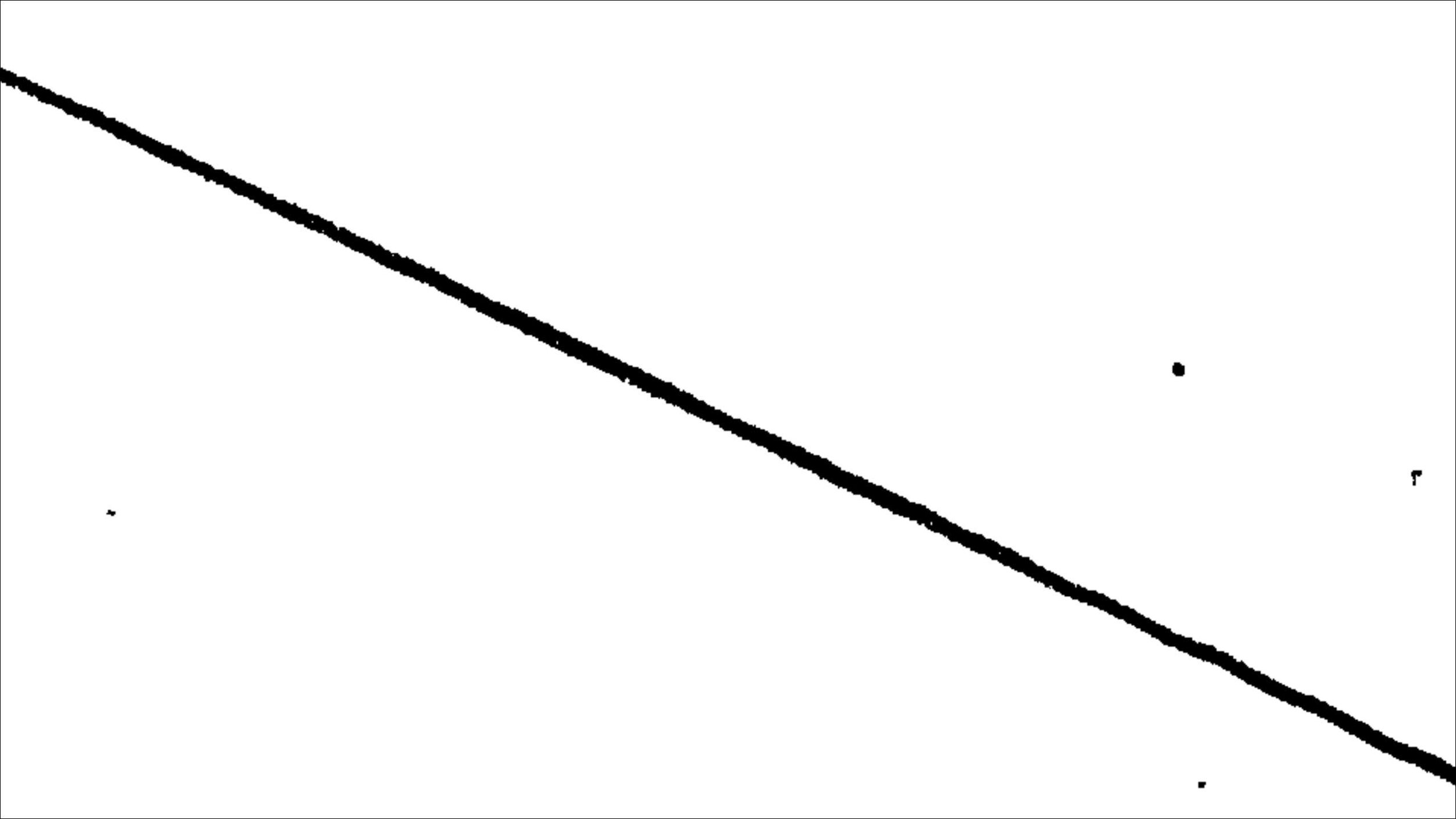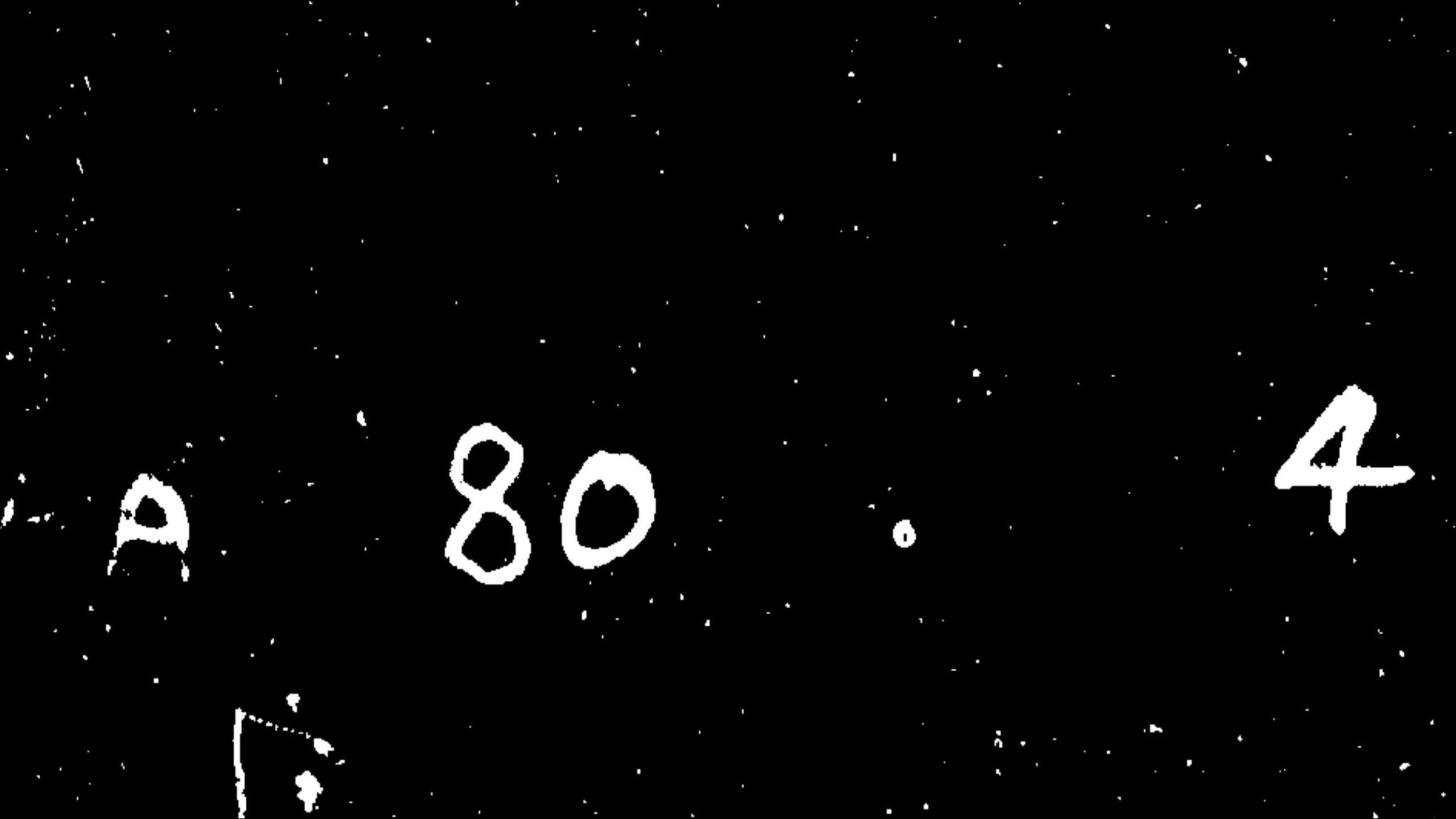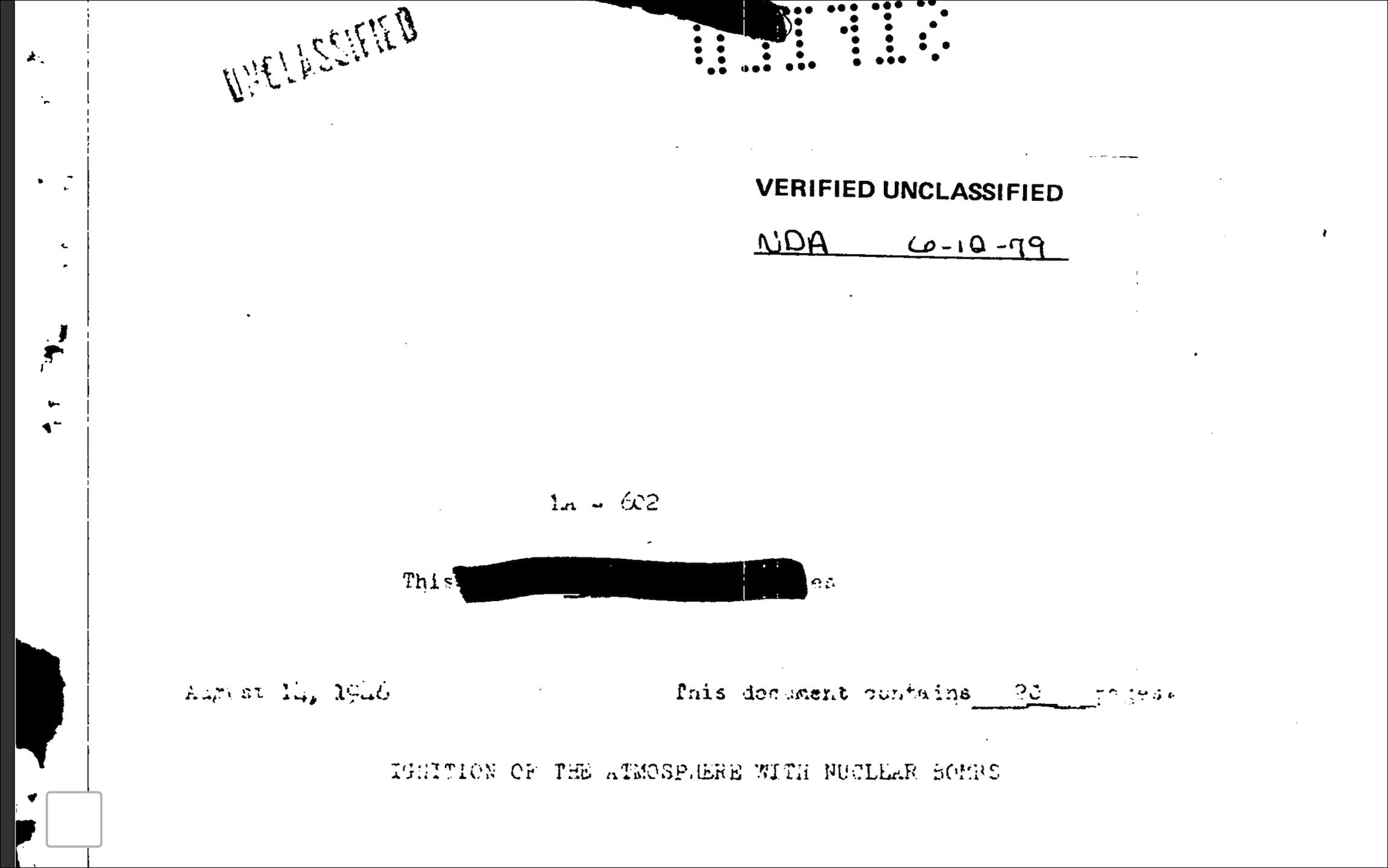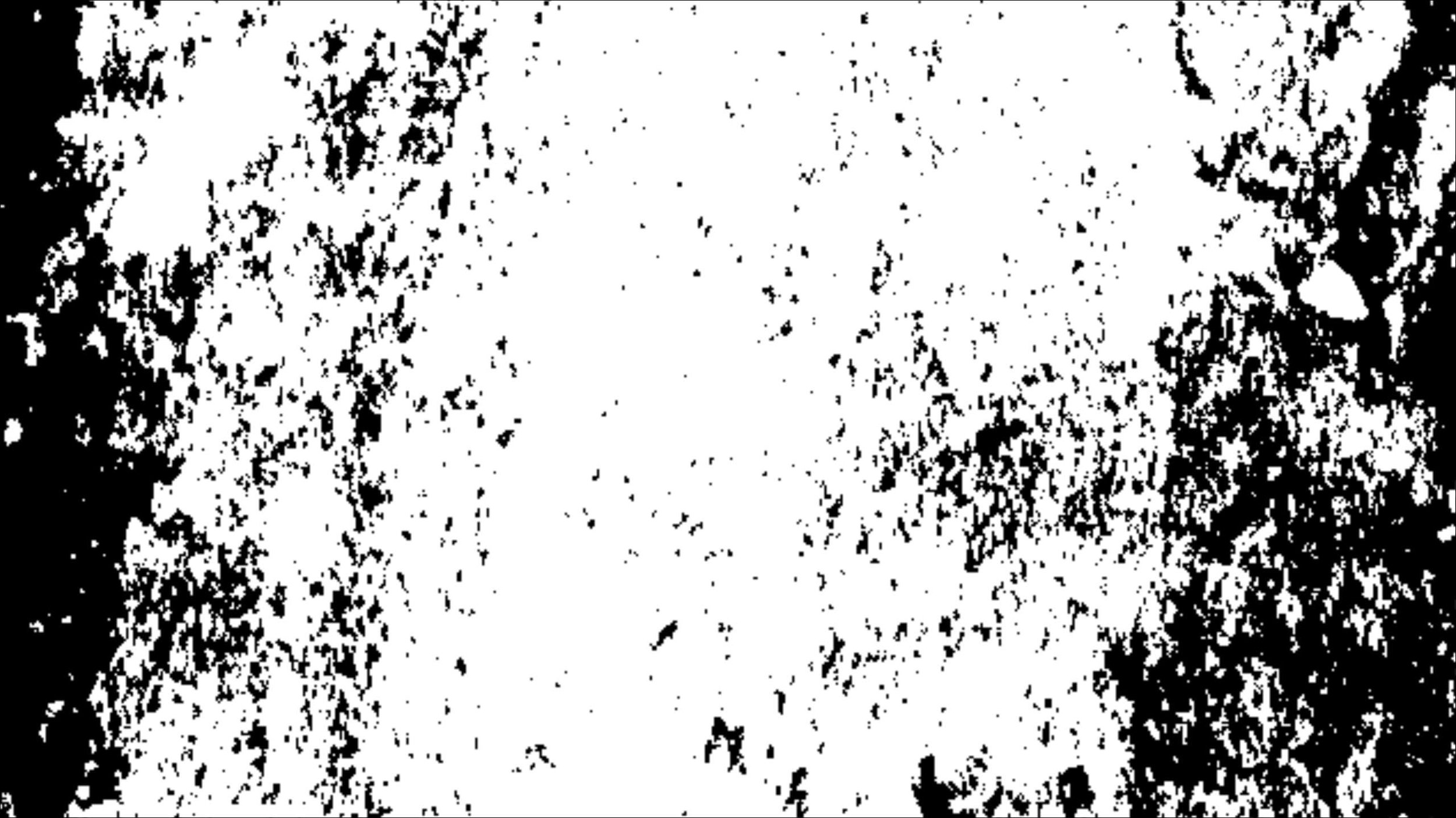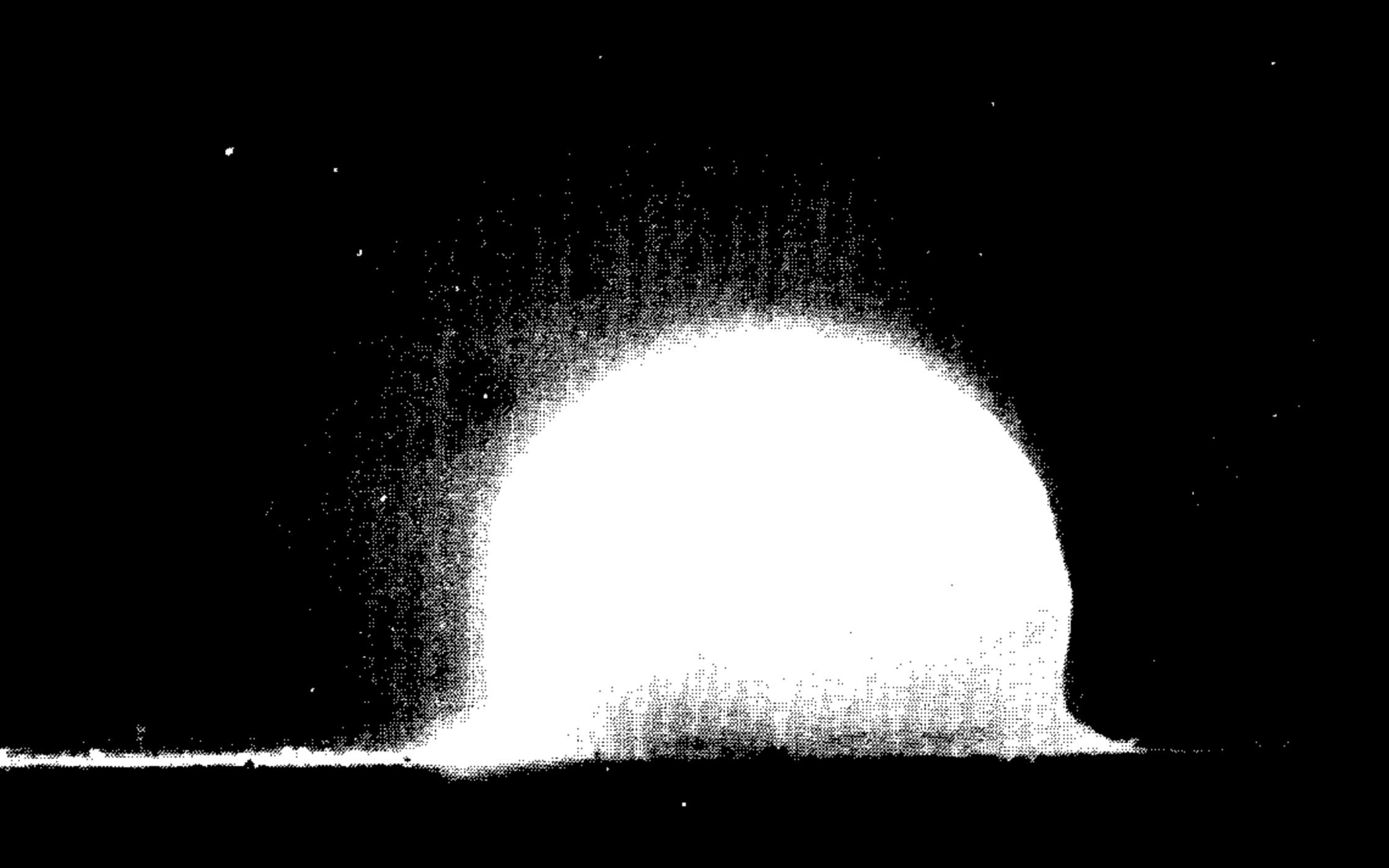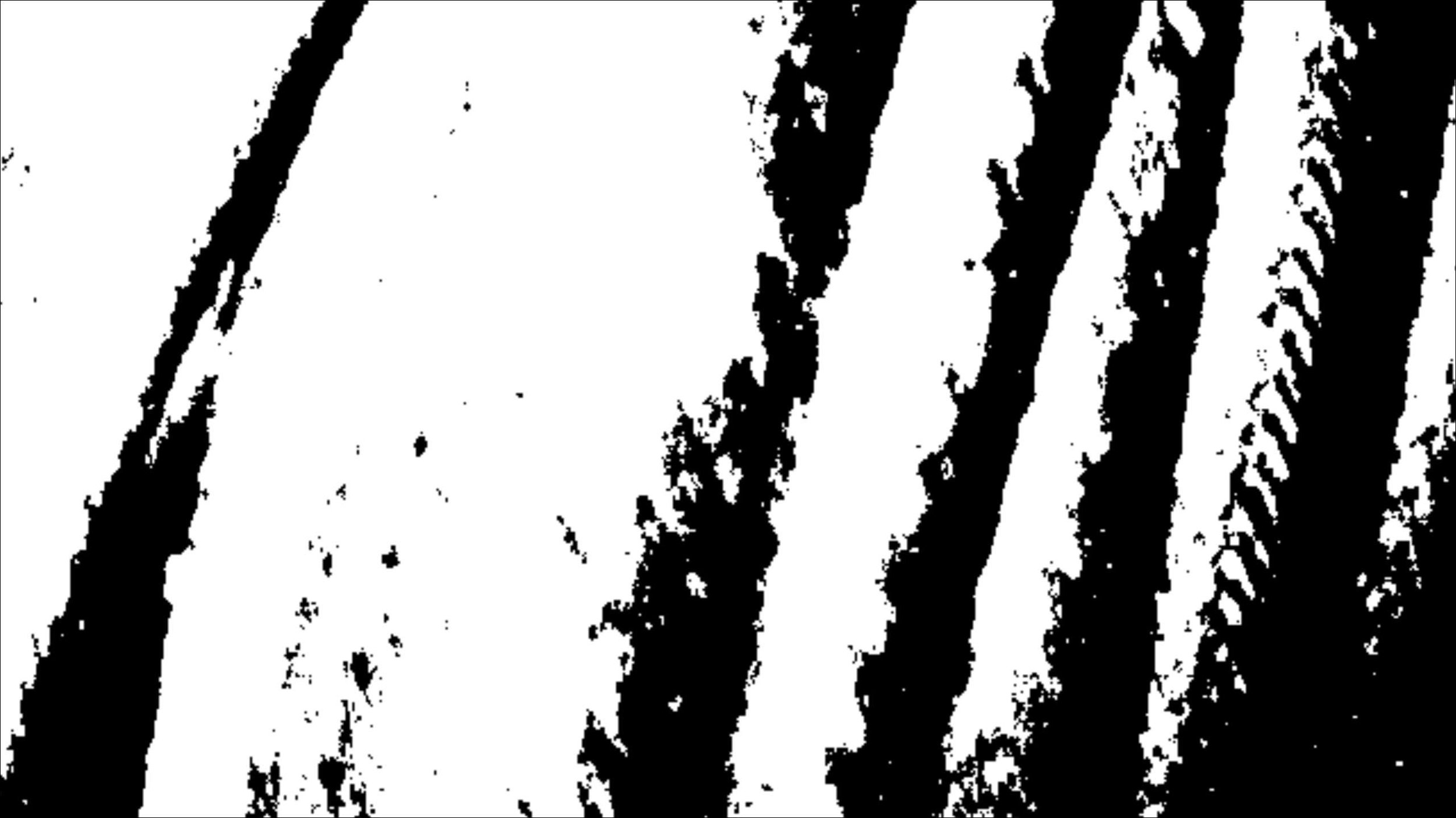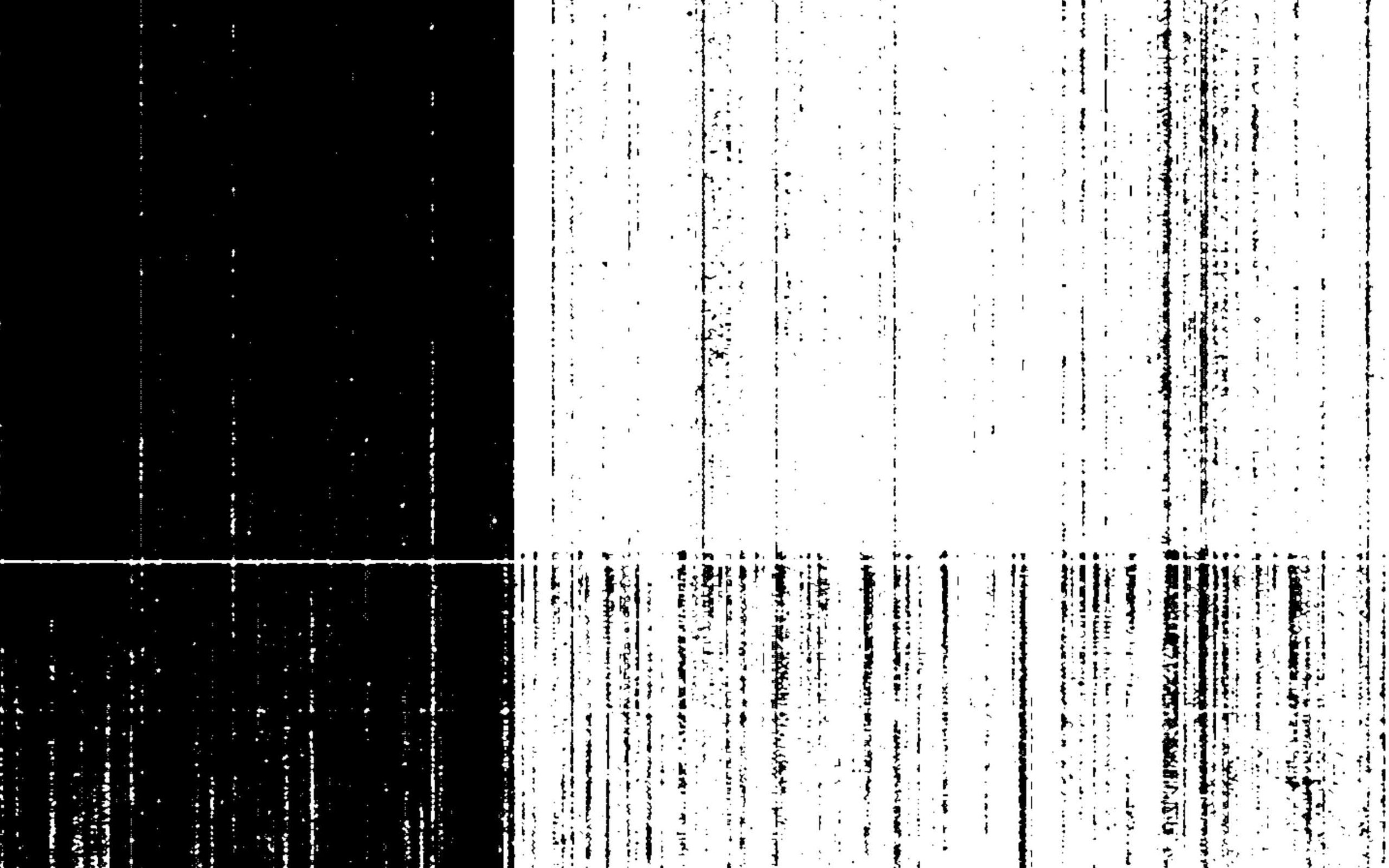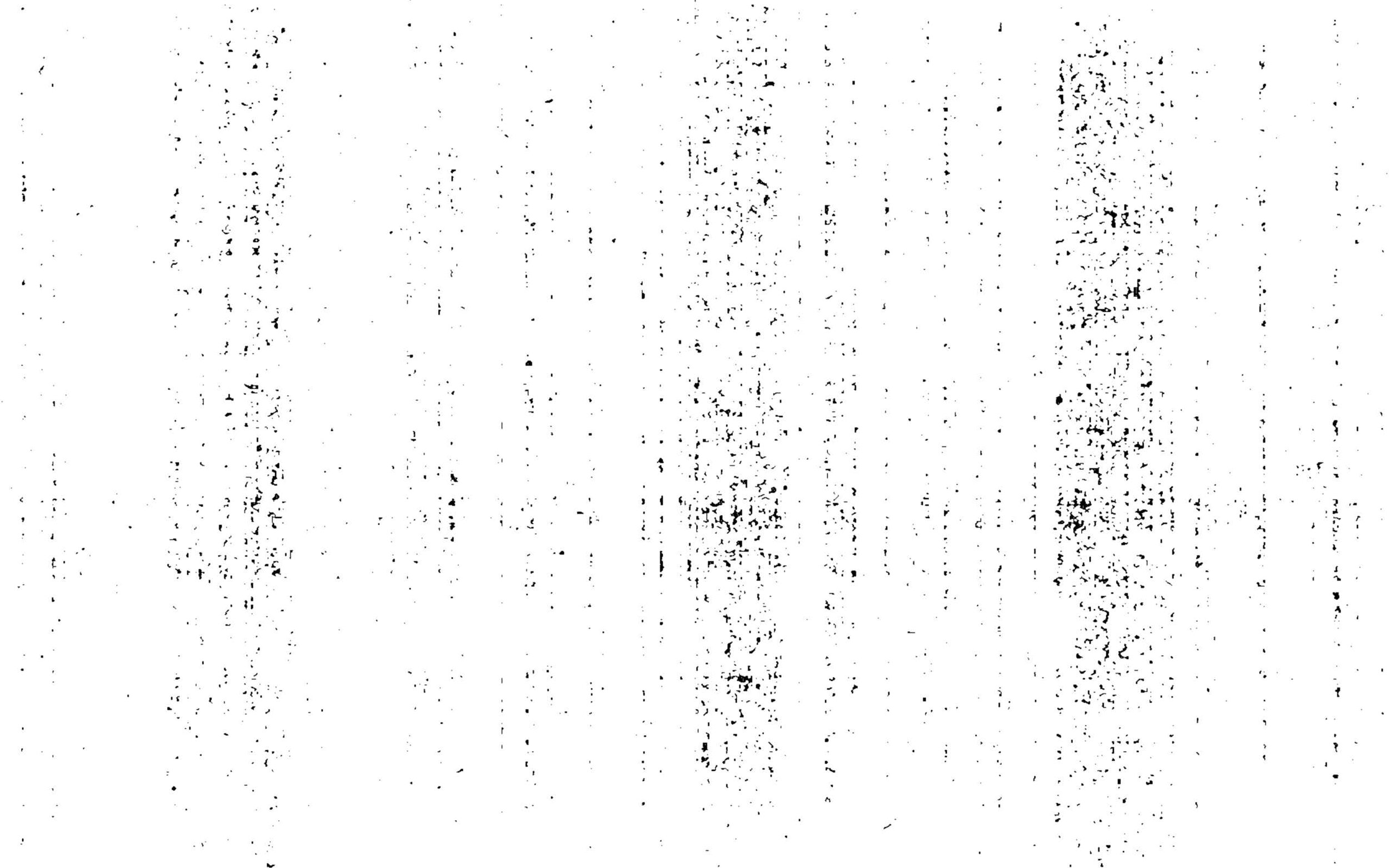This Page Intentionally Left Blank
THIS PAGE INTENTIONALLY LEFT BLANK
While gathering research for my "How To Display an Atomic Bomb" series, I reviewed thousands of pages of formerly secret government documents. These heavily-redacted papers contained a different story I needed to tell. However, I couldn’t do so unless I changed my way of working as a photographer. So I did.
These documents produced by dozens of agencies, across vast geographic distances, by tens of thousands of people, across nearly a century, all have a particular look. In making these documents secret, and then not, they’d accidentally created a beautiful visual language. It was while watching Steve McQueen's film "End Credits" that I first imagined these pages as gigantic pieces of art. With careful curation and judicious cropping these documents with their images, perforations, stamps, and handwriting — all decayed from countless reproduction could become art objects. Some had the simple existential urgency of On Kawara’s painting, others the perfect minimalism of a Franz Kline, others were shocking just for the simple phrases they contained.
These pages, often in subtle ways, suggest the bravery, hubris, dedication, nationalism, ingenuity, fear, and sheer determination of our culture and species. Some of them sound alarming, like a brief 22 pages dedicated to answering whether the detonation of an atomic bomb might unintentionally consume all the air on our planet. Most are much more mundane, like page after page with nothing but the phrase “This Page Intentionally Left Blank” on it. A phrase that falsifies itself while conveying its peculiar brand of bureaucratic logic.
I’m also drawn to the humanity they contain. In the midst of this massive machine, we have inarguable evidence that this machine is comprised entirely of humans like us, each with their own particular hand-writing, name, and job. Each incapable of drawing a perfectly straight line, and each laboring to keep themselves, their coworkers, families, and country alive.
Note: Unfortunately it is difficult to convey the visual impact of these pieces online and especially on a phone. As you look at them try and imagine them wall size. (They are all at least 64x36” or larger, with one exception.)
I’d like to thank the following people and institutions that were instrumental in creating this work:
Robyn Farrell: Assistant Curator of Contemporary Art at The Art Institute of Chicago for exposing me to Steve McQueen’s work through her own curatorial work.
Alex Wellerstein, professor and nuclear weapons historian, who has assembled a great collection of primary sources on his blog Nuclear Secrecy.
The National Security Archive at George Washington University for their collection and publication of declassified FOIA documents.
The CIA, NSA, DOE, and many other “three-letter agencies” for their commitment to transparency and openness in posting many of these documents on their websites. As well as to the countless individuals who had the thankless task of searching for and redacting millions of pages at the whims of private citizens.
Muckrock, John Greenwald Jr (who operates Black Vault), and the thousands of citizens of have made FOIA requests and shared them online, sometimes at great personal expense
The 89th United States Congress and President Johnson for enacting the Freedom of Information Act, which I believe is one of the most amazing laws ever passed.
